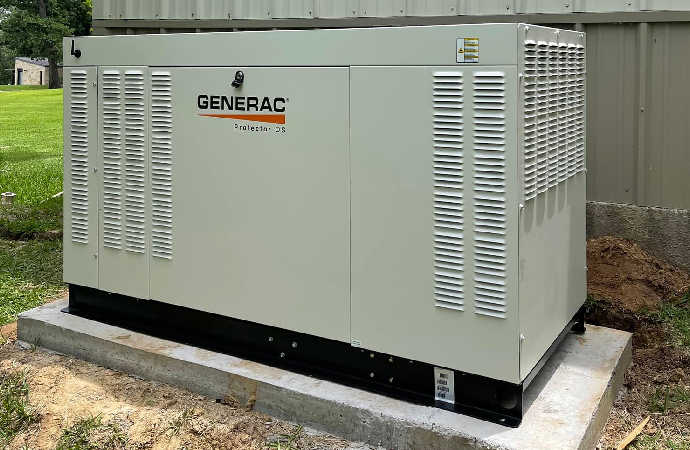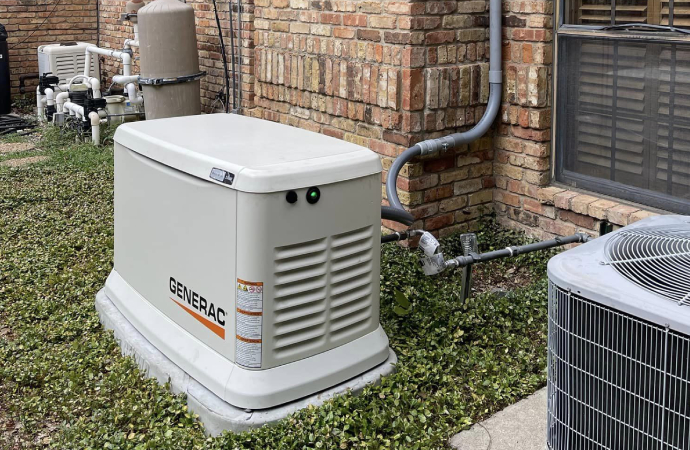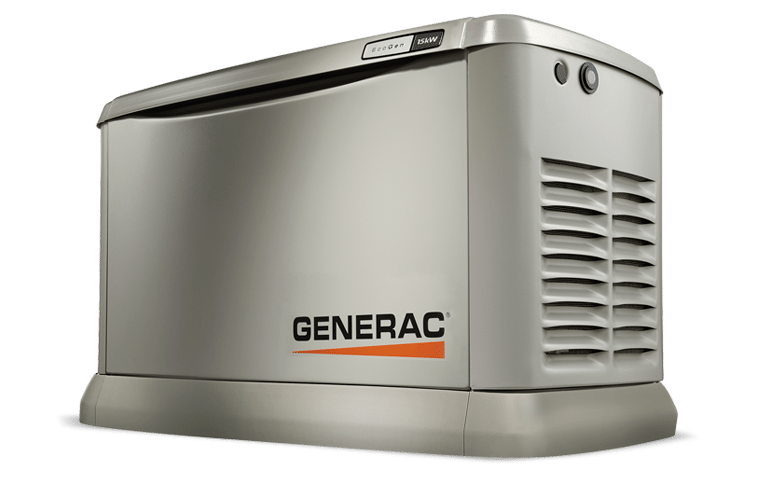Portable vs Standby Generators: Determine The Right Choice!

In a world marked by extreme weather events, unstable power grids, and frequent rolling blackouts during high-use energy periods, generators are getting more popular with consumers. A 2020 report by The Wall Street Journal showed that the average utility customer will experience more than eight hours of power interruptions each year, which is more than double the traditional total.
In light of these increasingly protracted blackouts, more consumers are interested in installing a backup generator. Typically, the first question we get from these consumers is: "Should I get a portable or standby generator?" North Texas Generators has compiled some information to help you determine which type of generator is best for your needs. We will lay out the advantages and disadvantages of both options for customers in Dallas, Fort Worth, Arlington, Plano, Frisco, and other cities throughout our service area in the DFW Metroplex:
Know The Generator Basics Before You Buy
When contrasting portable and backup generators, installation is the first consideration. Your house is permanently wired to a standby generator. The installation of this generator by a qualified electrician is all that is needed, and in the event of a blackout, it will start up without any further input from the user. When a power outage occurs, homeowners can use portable generators to keep their homes running, but they must be placed outside and away from any windows, doorways, or vents to prevent carbon monoxide poisoning.

The biggest difference is this: With a standby generator, the transfer of power from the utility company to the standby generator is performed automatically, without any intervention from the resident. Switching from the utility connection to the generator takes about 10 to 20 seconds.
Using a portable generator requires the homeowner to take additional steps.
Safety Measures Required for Both Generators
Talk to the installer about what precautions need to be taken before installing a standby generator. In order to prevent carbon monoxide poisoning, the standby unit must be installed at least five feet away from the house. A portable generator, on the other hand, requires installation each time it is used. This can increase the likelihood that the portable generator will be used improperly and dangerously. The most serious threat posed by portable generators is the carbon monoxide they release into the air. To reduce the risk of carbon monoxide poisoning, portable generators must be operated outside and as far away from the structure as feasible.
Maintenance Needs for Your Backup Generator
A qualified technician should service and fix your standby generator regularly. While the generator does its own self-check every month, it still may require annual professional maintenance.
To ensure that portable generators are in good working order, they should be checked at least once a year, and preferably more frequently. If you don't use the generator very often, it's best to keep it in a fuel-free state for storage. To keep the gasoline system from getting clogged up, you can also use treated fuel.
What Are The Pros & Cons of Each Unit?
Users of a portable generator will need to use a transfer switch to manually move from the utility company's power to the generator's power. Before an outage happens, the transfer switch is placed and wired into the home's electrical panel so that appliances like lights and ceiling fans that are hardwired into the home's electrical system can still be used. Although outdoor-rated extension cables can be used with portable generators, the National Electrical Code (NEC) mandates the use of the transfer switch when connecting to a dwelling.
Natural gas or liquid propane are the two most common fuel sources for standby generators. Since the gasoline supply is permanently attached, refueling is never necessary. However, portable generators require petroleum to operate, and it is the responsibility of the owner to keep the generator refueled.




